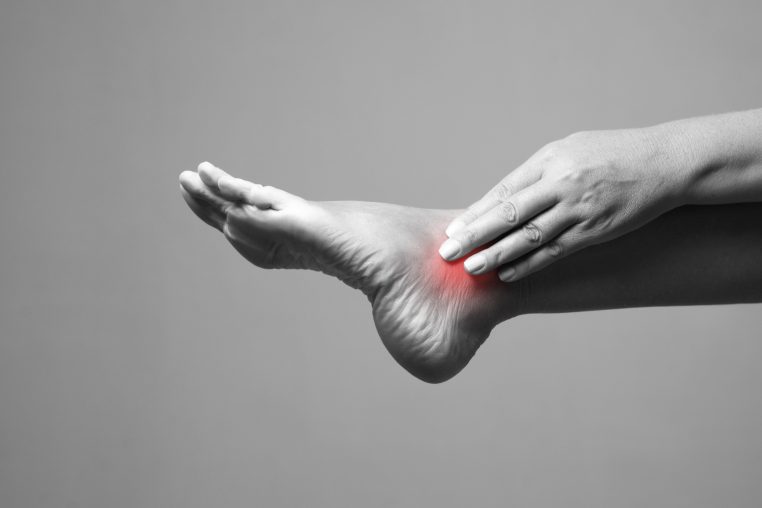
Foot and ankle injuries
Feet are what gets us from A to B. They represent the body’s first point of contact with the ground, taking the main load of all weight and force exerted by the body. The muscles surrounding the feet and ankles were designed for both movement and force exertion, within limits. Feet and ankles were definitely not designed to take the magnitude of stress put upon them by a dancer’s life. Playing any sport or performing consistent physical activity puts you at a much higher risk for faulty foot mechanics. Hence why injuries to the feet and ankles are so prevalent within the dance world .
Ankle sprain
Ian ankle sprain is the most common form of dance injury. It is caused by movement that forces the ankle outside of the normal range of motion. Pain is usually felt along the outer side of the ankle along with differing degrees of swelling. Post sprain, the ligaments will never heal to a pre-injury level. Strength and control must be improved in order to prevent re-injury.
Achilles tendinitis
Is inflammation of the tendon in the back of the ankle that connects the prime mover for pointing, to your foot. It causes pain and swelling in the back side of your heel when you put weight on it. You may also experience tight calf muscles and limited range when flexing your foot. It regularly occurs from over-use or improper technique.
Trigger toe
For dancers, Trigger Toe is another classic overuse injury. This causes inflammation and damage to the muscle which is responsible for pointing the big toe. It manifests as pain along the inside of the ankle and under the foot whilst pointing the big toe
Ankle Impingement
Is the pinching of tissues at either the front or the back of the ankle. It is caused by repetitive stress from jumps or squats, or because the ankle is already unstable. Pain around the ankle can be felt with plié and landing.
The impact of injury
Foot and ankle injuries detrimentally effect the joints, tendons, ligaments and surrounding connective tissues. Then the shock absorbing capabilities of the lower body are significantly lowered. This promotes greater potential for injury from head to toe. Every dancer should have thorough, regular and specific assessments of their foot mechanics. This will both treat and prevent injuries. Strengthening exercises help to maintain balance and neutral alignment of the foot and ankle. This ensures stability, flexibility, function and power.
For a thorough assessment of your foot and ankle contact Phil at Dance Clinic. With over 25 years treating professional dancers from all styles, he is well placed to provide you with an experienced point of view.



